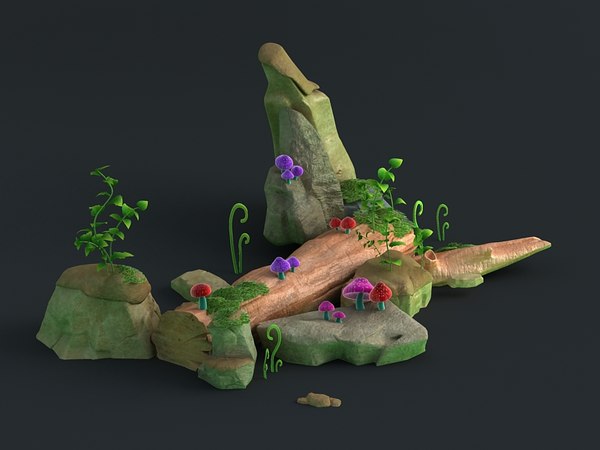Extreme heat can make succulents more vulnerable to sunburn. If you live in the Southwest United States, it is important to protect your succulents from the afternoon sun. Use a rooting agent if you have to. Make sure to separate the pots so the chemicals don’t get transferred to other plants. The type of light and the number of plants that you have will determine how many you can keep under your grow lamps. But, remember that you can only care for one plant at a time. Watering once a week will work for these plants. Most gardeners find that watering their succulents every 7-10 days is ideal, but again, you’ll need to adjust that schedule to suit your plants’ individual needs. Because it tends to remain wet, you will need to add perlite or another substance that will drain the soil faster.
It will make it more difficult to get the soil out of the roots. You’ll also damage the roots. Since the roots of the succulent don’t grow deep into soil, use a small, shallow container. Owners should transfer the succulent to a gardening pot and move it indoors to avoid freezing during cooler temperatures. These Crested Euphorbia succulents white fuzz can be a good choice when you start your gardening journey. They aren’t picky about the type of soil they prefer, but it is recommended that owners use a mix that can drain excess water. Root rot is a disease that this succulent won’t tolerate if it is in too moist soil. A lack of any of these nutrients can lead to the development of mutations in plant cells. These stresses include those caused by extreme heat and cold, which cause the cells to adjust to cope. These are useful because they aid in photosynthesis. There are three main diseases that Crested Euphorbia can contract: mildew, mold, and rotting stems and roots.
There are many reasons why you should repot. It is possible for the roots to become moldy or rot if it is not watered regularly. Step 5 (Watering). Make sure you don’t overwater your plant or cause root rot. It is possible to determine if your Crested Euphorbia starts to rot by taking a closer inspection of the plant. Step 2: Cut a triangle out of your Crested Euphorbia. If you have ever seen a Crested Euphorbia, you’ll have noticed it is similar to a handheld fan – quite the exciting shape for a plant! The best thing you can do for your Crested Euphorbia, aside from adequately watering it, is to provide suitable soil. You should use gloves to prune Crested Euphorbia. Before you begin, clean your shears and scissors. This will reduce the chance of the disease spreading. You may also experience other physical stress due to insect injury, prior damage, or trimming.
These mutations could lead to the Montrose, or crested, stems or branches. These mutations may lead to the formation monstrose, or crested, plant parts. One or two of the crops may be affected by a mutant in monstrose succulents called crested succulents. We hope that you now feel more interested in learning about other succulents. Crested Euphorbia succulents struggle to root on their own; they essentially need a buddy to help – that buddy is e. I guess you don’t 100% need it, but it’s very helpful. Here are some areas to watch out for when you care for your succulent. Cacti are famous for being able to protect their succulents from the elements. They often have sharp, spiky spines. If you want to use a cutting, which is rare, you should cut a stem with a sharp, sterile knife or another cutting tool.
 Step 1: Gloves and full-coverage wear are required. After removing any stains from a sharp blade, clean it thoroughly. Combine a few drops in dish soap with 1-2 cups water. Add about 1 teaspoon of vegetable oils and mix. I have several of these plants that I have grown in various planters. They are very easy to grow and propagate. After a few days, you will notice healthy leaf texture and color changes. Although propagation via stem and leaf cutting is relatively simple, it requires patience as well as a bit more attention. Succulents love drought so let the soil dry between watering. The thing about these shifts is that they are unpredictable and happen spontaneously. You don’t need to buy separate containers for decorative items.
Step 1: Gloves and full-coverage wear are required. After removing any stains from a sharp blade, clean it thoroughly. Combine a few drops in dish soap with 1-2 cups water. Add about 1 teaspoon of vegetable oils and mix. I have several of these plants that I have grown in various planters. They are very easy to grow and propagate. After a few days, you will notice healthy leaf texture and color changes. Although propagation via stem and leaf cutting is relatively simple, it requires patience as well as a bit more attention. Succulents love drought so let the soil dry between watering. The thing about these shifts is that they are unpredictable and happen spontaneously. You don’t need to buy separate containers for decorative items.
There are different wavelengths to the sun’s light. Some are valuable and others are damaging. These mutations can occur in any succulent species, as they are not predictable. Therefore, it’s essential to create a watering routine to avoid that. It’s much easier to determine the species of succulent by simply inspecting the normal sections. These can also be used to help you create a butterfly garden. Step 4: Position your plants in a sunny spot to get direct sunlight. The resulting mutation growth originates from a line rather than a single location. Succulent City was created to assist all succulent lovers. We also offer ebook guides! Considering all this, it’s not hard to see why the settlers/migrants instantly fell in love with the O.Stricta.
